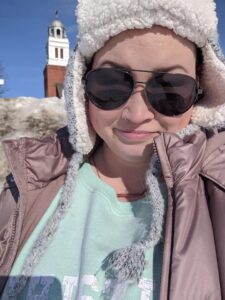Today we had the pleasure of speaking to a number of faculty, staff, department heads, and the Dean of Science at the University of the Fraser Valley, along with other interns who have also been navigating the virtual world this term.
It was great to hear about all goals that were accomplished this term despite the challenges we have all faced. Its been one heck of a ride but we have all learned so much, gained valuable work experience, and created some amazing work that meets the UN’s Sustainable Development Goals.
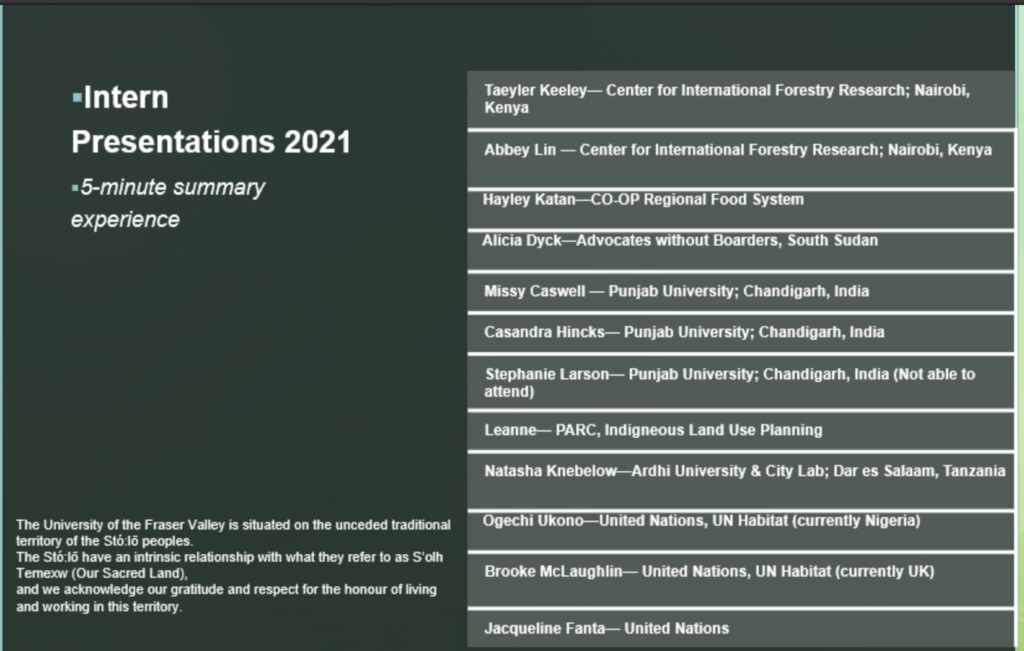
Our overall goal for this internship was to assist in creating a more sustainable, child friendly Chandigarh. A city that offers its most vulnerable citizens with quality education, equality for all, and improvement of the overall health and wellbeing of citizens by promoting children’s participation in the urban design and planning processes in a way that honors their rights to participate and be heard as outlined in the UN Convention on the rights of the Child.
Overall, this internship has been an excellent and rewarding experience, albeit the limitations and challenges we faced as a result of it being entirely virtual. All three of us agreed that we entered this internship with a solid understanding or idea of what we were going to achieve or gain through this experience, and yet it evolved into something completely different but just as rewarding for us. It has been a unique experience and an opportunity we are all extremely glad to have been apart of.
– Missy, Stephanie, Casandra
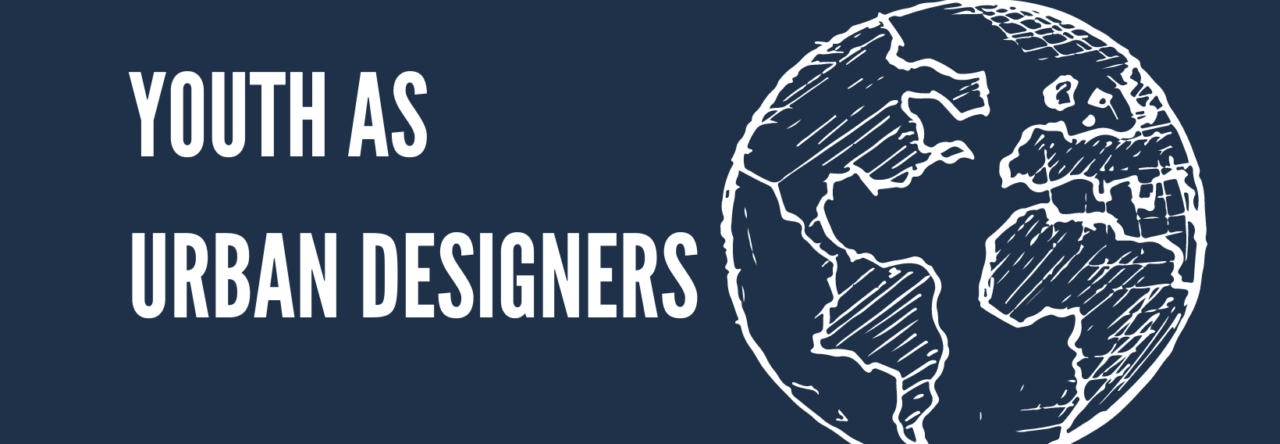

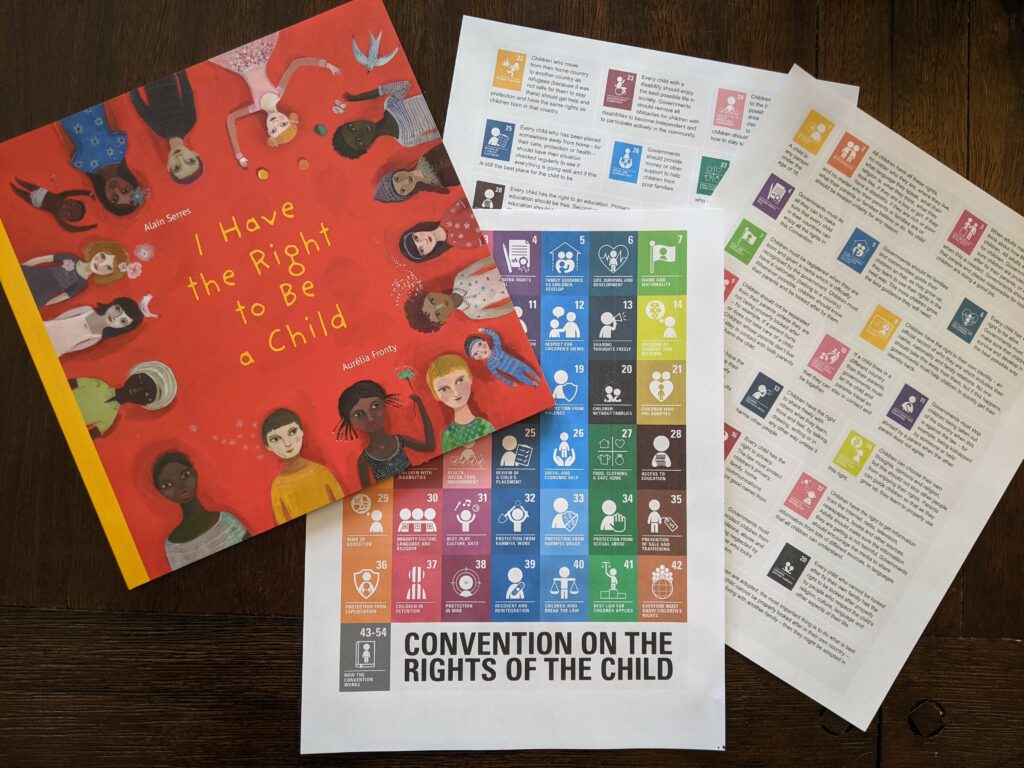
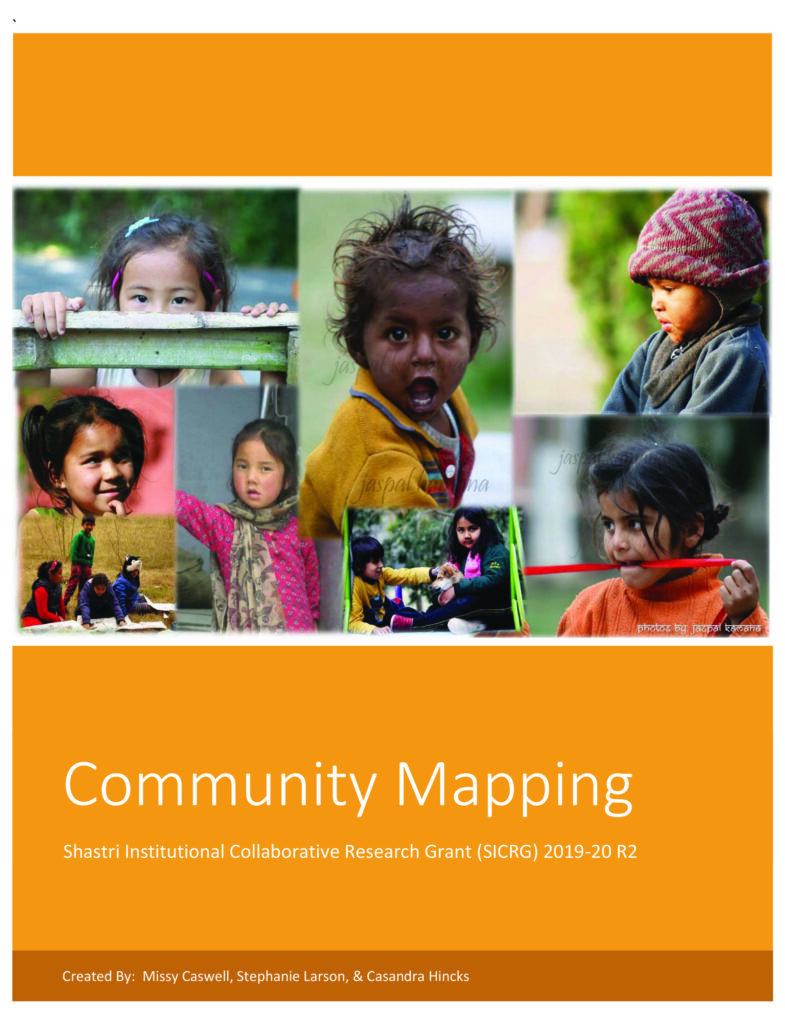
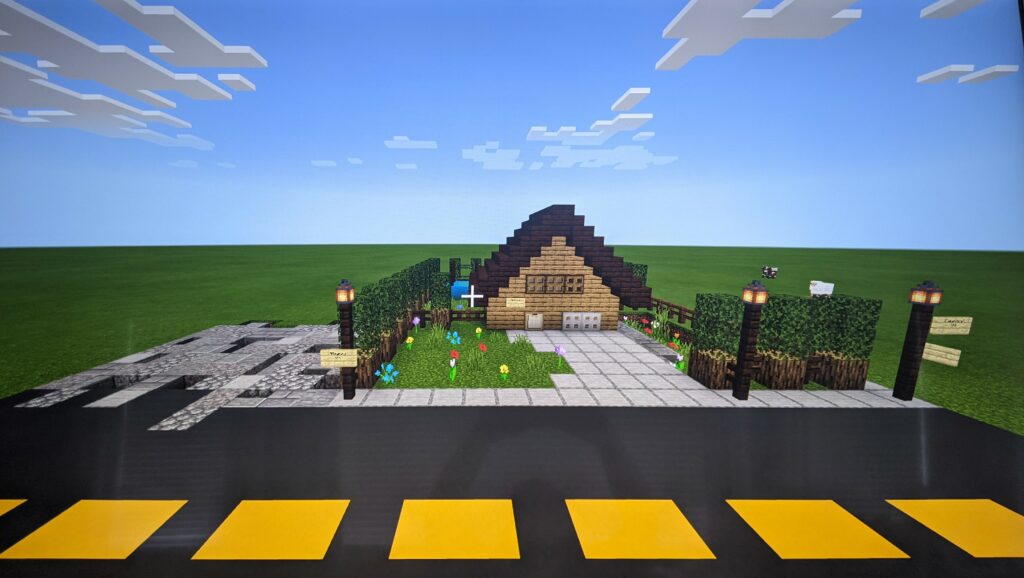


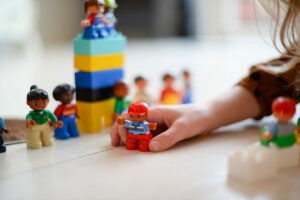
 It may be reading break at the Universities this week, but its the perfect opportunity for us to prep for a busy week ahead!
It may be reading break at the Universities this week, but its the perfect opportunity for us to prep for a busy week ahead!